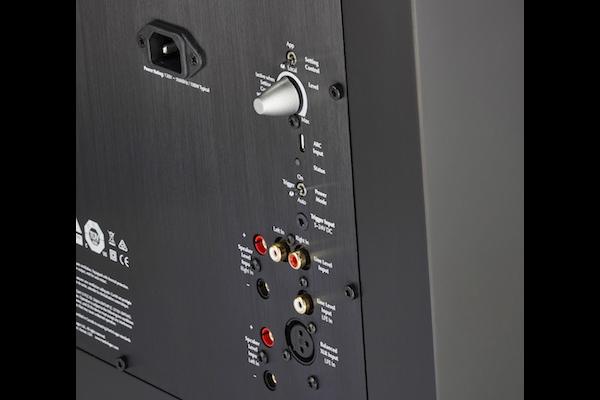The likely culprit of the muddled unclear dialogue is the crossed wire connection. Just as Al describes. Positive speaker wire out on amp/ receiver must go into positive speaker wire input in the center channel.
There are probably two or more speaker channels with crossed polarity to cause unintelligible dialogue.
Oh Yeah, my clear and sound pun was intentional.































































